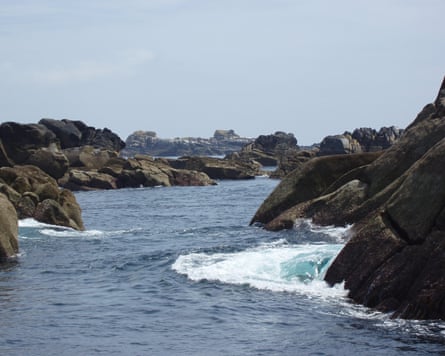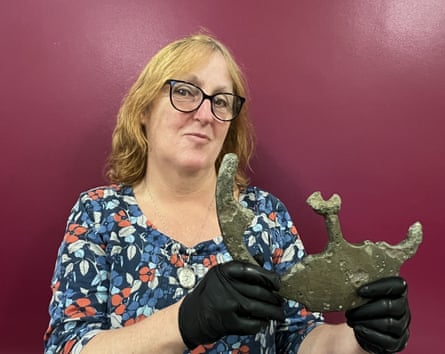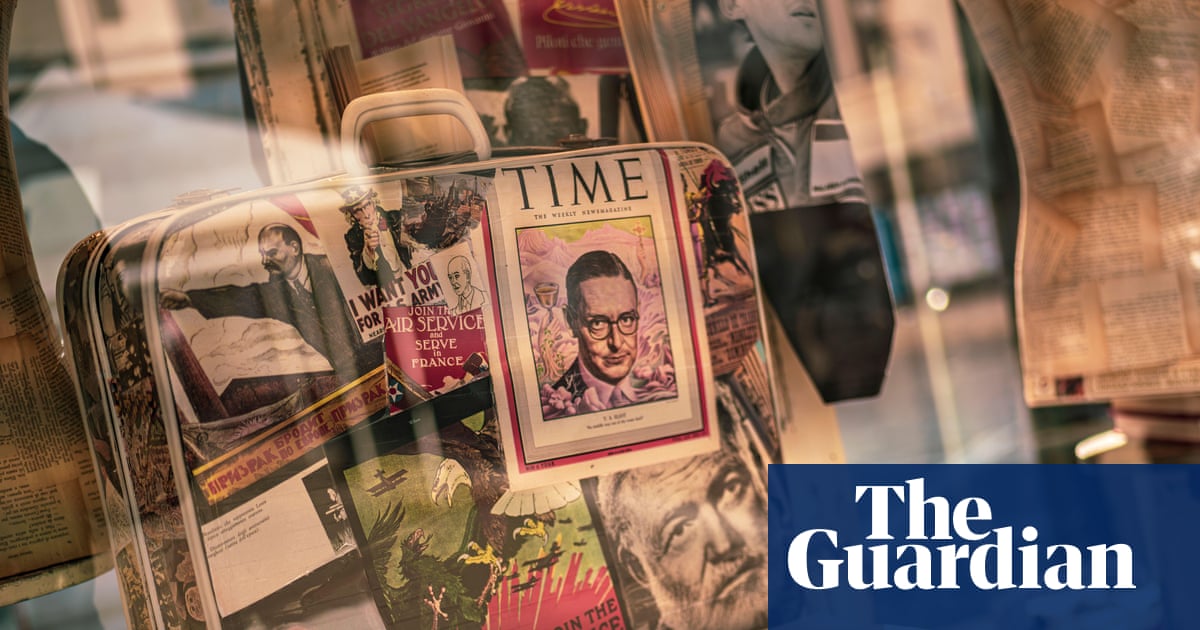It spent hundreds of years languishing on the seabed off the Isles of Scilly in the far south-west of Britain before being hauled back to the surface by divers and setting off a circumnavigation of the world.
Finally the Pednathise Head astrolabe – a rare example of a 16th-century navigational instrument once used by sailors to determine latitude – is back on Scilly after being rediscovered on the other side of the Atlantic.
It turns out that after being sold and leaving the UK, the astrolabe passed through private collections in Australia and the US, its true identify forgotten along the way, before ending up in a museum on the Florida Keys.
“It’s been on quite a journey,” said Xavier Duffy, the curator of the Isles of Scilly Museum. “We’re thrilled to have it back on Scilly and in the care of the museum. We can’t wait to share its story with visitors.”
The astrolabe, made of a type of bronze, was found in about 1990 in the wreck of a Spanish ship that sank off Pednathise Head, part of Scilly’s uninhabited Western Rocks. The Scilly archipelago, 30 miles off the British mainland, is infamous for shipwrecks.

It is not known what the unnamed ship was doing there but it is thought to have been lost at about the time of the Spanish Armada’s attempt to overthrow Elizabeth I in 1588.
The Pednathise Head astrolabe was not complete but relatively few are known to survive worldwide and the intrigue around them helps make them valuable artefacts.
Philip Pullman saw examples at the History of Science Museum in Oxford and, in the His Dark Materials series, based the look of the mystical truth-telling device the alethiometer on the astrolabe.
The Scilly astrolabe was sold and then vanished. It has now been established that at some point it was misidentified as another astrolabe found on a ship called the Nassau, a Dutch vessel that sank off Malaysia in 1606.
It is known to have been in the collection of a man from South Australia but was seized by the state when he was convicted of serious crimes.
The astrolabe was subsequently mentioned in a chat group by an Australian antiques dealer who said he had paid “peanuts” for it and it was worth hundreds of thousands of dollars.

Curiously, it then found its way into the collection of a car dealer in New Jersey who donated it to the Mel Fisher Maritime Museum in the Florida Keys.
A US expert on astrolabes, James Jobling, realised it was the Scilly astrolabe. There were two more stops for it – his laboratory in Texas and the National Maritime Museum in Falmouth, Cornwall – before it arrived back in Scilly.
It will take pride of place as the centrepiece of a navigation case at the islands’ revamped museum on the most populous island, St Mary’s, next year.
Lydia Bassett, the director of Scilly Arts & Heritage, said: “It’s great timing for us because our museum will open next autumn.
“The maritime gallery will tell the story of the many shipwrecks on Scilly. We’re so pleased to have the astrolabe back.”

.png) 3 hours ago
6
3 hours ago
6

















































